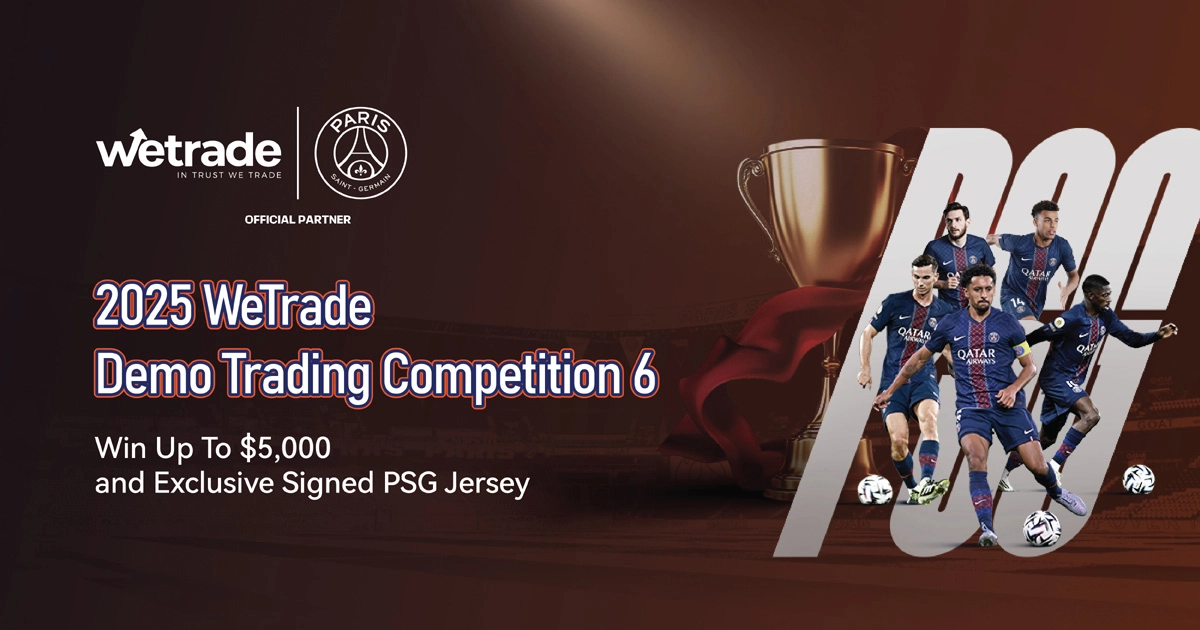A Comprehensive Guide to Forex Analysis Unveiling the Secrets of Technical and Fundamental Analysis
Welcome
to our comprehensive guide to Forex analysis, where we will delve into
the fascinating world of technical and fundamental analysis. If you're
ready to unlock the secrets of successful trading, then this is the
perfect place to start. In this guide, we will explore the different
types of market analysis, understand how they work, and learn how to
apply them effectively to make informed trading decisions.
Types of Market Analysis
Technical Analysis: Decoding Price Patterns
Technical
analysis is a popular approach used by traders to forecast future price
movements based on historical market data. It involves the study of
charts, patterns, and indicators to identify trends, support and
resistance levels, and potential entry and exit points. By analyzing
past price behavior, technical analysts aim to predict future price
movements and make profitable trading decisions.
Fundamental Analysis: Unveiling the Market Fundamentals
Fundamental
analysis focuses on examining the underlying factors that drive the
value of a currency. Traders using this approach analyze economic
indicators, such as GDP, inflation rates, employment data, and interest
rates, to assess the strength and stability of a country's economy. By
understanding the fundamental factors influencing a currency's value,
traders can make informed predictions about its future price movements.
Sentiment Analysis: Gauging Market Psychology
Sentiment
analysis, also known as market sentiment, involves assessing the
overall mood and emotions of market participants towards a particular
currency or market. Traders using this approach examine factors such as
news sentiment, investor sentiment surveys, and social media sentiment
to gauge market sentiment. By understanding the prevailing market
sentiment, traders can gain insights into potential market trends and
reversals.
The Importance of a Balanced Approach
While
each type of analysis is valuable on its own, a balanced approach that
combines technical, fundamental, and sentiment analysis can provide
traders with a more comprehensive view of the market. By integrating
these different perspectives, traders can make more informed trading
decisions and increase their chances of success.
Technical Analysis: Decoding Price Patterns
Understanding Candlestick Patterns
Candlestick
patterns are one of the most powerful tools in a technical analyst's
arsenal. These patterns provide valuable insights into market sentiment
and can help predict future price movements. Some commonly used
candlestick patterns include doji, engulfing patterns, and hammer
patterns. Each pattern has its own unique interpretation and can signal
important market reversals or continuations.
Support and Resistance Levels: The Building Blocks of Technical Analysis
Support
and resistance levels are key areas on a price chart where the price
tends to stall or reverse. Support levels are areas where buying
pressure is strong enough to prevent the price from falling further,
while resistance levels are areas where selling pressure is strong
enough to prevent the price from rising further. Identifying these
levels can help traders determine potential entry and exit points for
their trades.
Technical Indicators: Unveiling Hidden Signals
Technical
indicators are mathematical calculations applied to price and volume
data to provide additional insights into market trends and potential
reversals. There are a wide variety of indicators available, including
moving averages, oscillators, and trend-following indicators. Traders
use these indicators to confirm their analysis, identify overbought or
oversold conditions, and generate trading signals.
Fundamental Analysis: Unveiling the Market Fundamentals
Economic Indicators: The Pulse of the Market
Economic
indicators provide valuable information about the health and
performance of an economy. Some key economic indicators that traders pay
close attention to include GDP, inflation rates, interest rates,
employment data, and consumer sentiment. By analyzing these indicators,
traders can gain insights into the overall strength and stability of a
country's economy, which can influence the value of its currency.
Central Bank Policies: Shaping the Market Landscape
Central
banks play a crucial role in the forex market by implementing monetary
policies that impact interest rates and the money supply. Traders
closely monitor central bank announcements and statements to understand
the direction of monetary policy and its potential impact on currency
values. Changes in interest rates or shifts in policy stance can trigger
significant market movements, making central bank decisions a key
consideration in fundamental analysis.
Geopolitical Events: Unforeseen Catalysts
Geopolitical
events, such as elections, trade disputes, and natural disasters, can
have a significant impact on currency values. These events can create
uncertainty and volatility in the markets, leading to sharp price
movements. Traders need to stay informed about global events and
understand their potential implications for the forex market. By
incorporating geopolitical analysis into their fundamental analysis,
traders can better navigate market volatility and identify trading
opportunities.
Sentiment Analysis: Gauging Market Psychology
News Sentiment: The Power of Information
News
sentiment analysis involves assessing the impact of news events and
announcements on market sentiment. Traders monitor news sources,
economic calendars, and financial news platforms to stay updated on the
latest developments that may influence market sentiment. Positive news
can boost market confidence and lead to bullish sentiment, while
negative news can create fear and result in bearish sentiment.
Investor Sentiment: Following the Crowd
Investor
sentiment surveys, such as the Investor's Intelligence sentiment index
and the American Association of Individual Investors (AAII) sentiment
survey, provide valuable insights into the mindset of market
participants. These surveys measure the percentage of bullish, bearish,
and neutral investors, indicating the overall sentiment in the market.
Traders use this information to gauge market sentiment extremes and
potential contrarian trading opportunities.
Social Media Sentiment: The Rise of the Retail Trader
In
recent years, social media platforms have become a significant
influence on market sentiment. Traders now track social media channels,
such as Twitter and Reddit, to gauge the sentiment and opinions of
retail traders. Social media sentiment analysis involves monitoring
hashtags, posts, and discussions related to specific currencies or
markets. By understanding the sentiment of retail traders, traders can
identify potential market trends and reversals.
Conclusion
In
conclusion, Forex analysis is a crucial component of successful
trading. By employing a balanced approach that combines technical,
fundamental, and sentiment analysis, traders can make informed decisions
and increase their chances of profitability. Technical analysis helps
decode price patterns and identify key levels and indicators, while
fundamental analysis unveils the underlying market fundamentals and
economic factors. Sentiment analysis gauges market psychology and
provides insights into market sentiment. By integrating these three
types of analysis, traders can navigate the forex market with confidence
and achieve their trading goals. Remember, the key to success lies in
continuous learning and adapting to ever-changing market conditions. So,
embark on your journey as a forex trader and explore the endless
possibilities of Forex analysis.
Forex analysis is the study of historical currency price movements with the goal of forecasting future price changes. Technical analysis and fundamental analysis are two different approaches to forex analysis. Fundamental analysts look at economic indicators such as GDP, inflation, and unemployment rates to forecast future price movements. Technical analysts focus on chart patterns and past price movements to predict future prices. Most forex traders use a combination of technical and fundamental analysis when making trading decisions. FXDAILYINFO offers daily technical analysis for major currency pairs as well as in-depth market commentary from our team of experienced analysts. Our site also features an extensive library of educational materials that can help you learn more about forex trading and technical analysis. Sign up for a free trial today to gain access to all of our tools and resources!






























